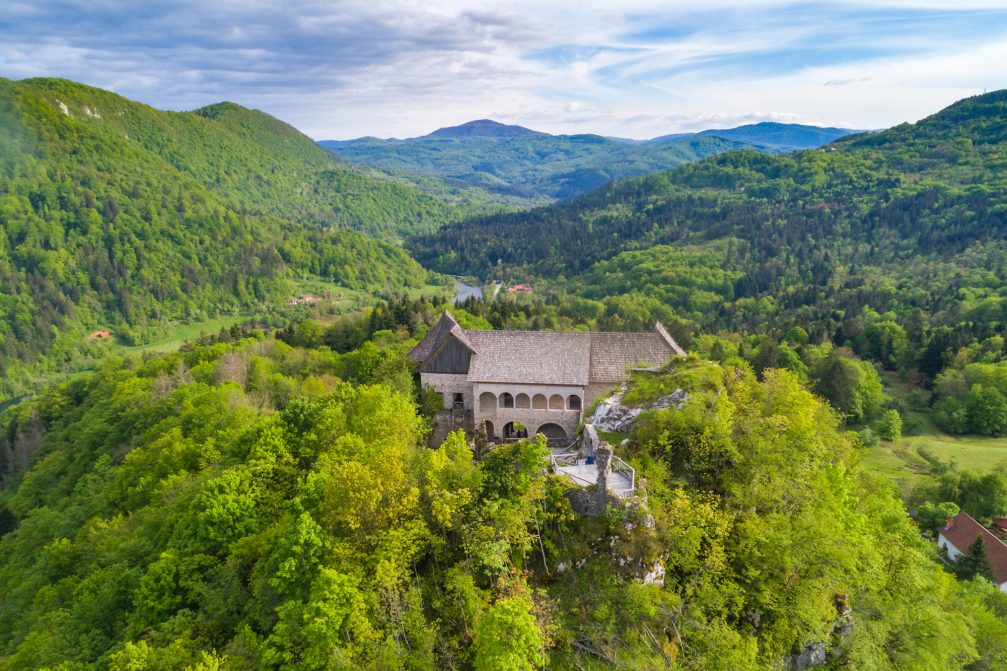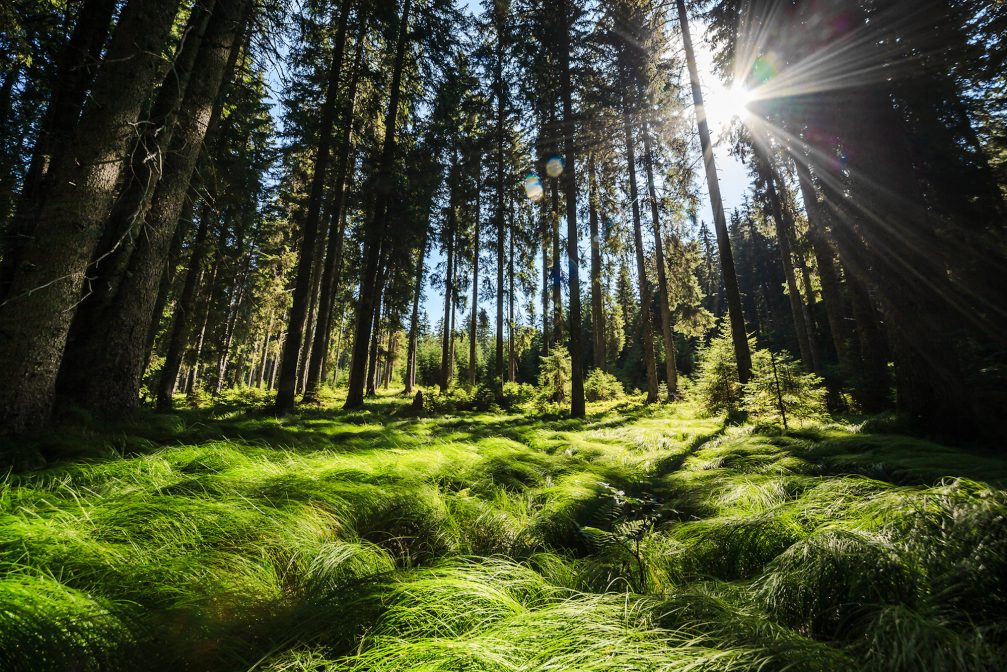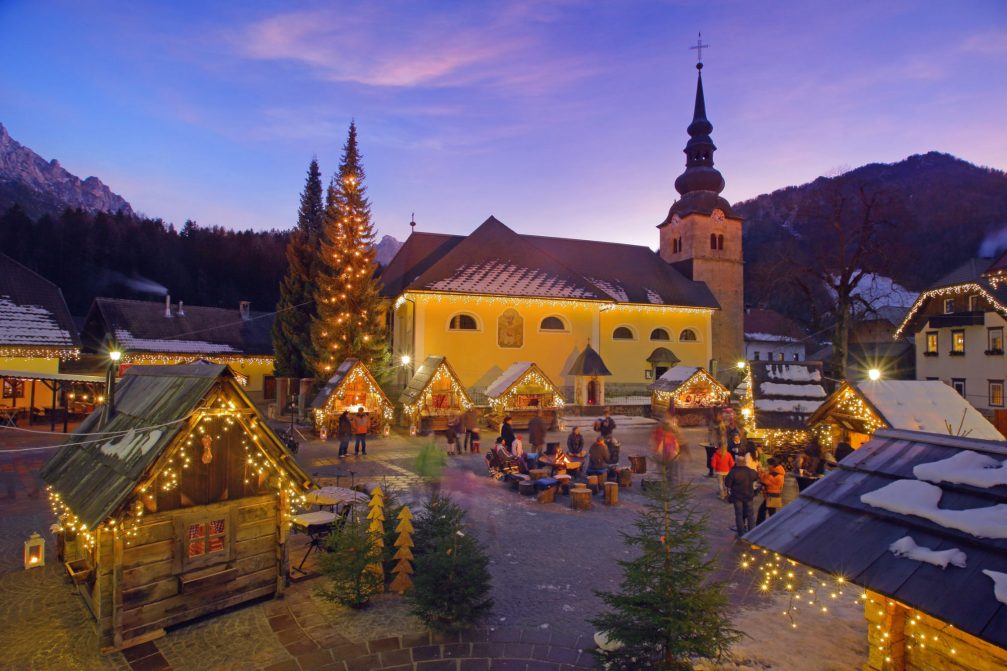Slovenia has reached a new low for coronavirus cases under lockdown, and the number of hospitalized coronavirus patients fell under 100 for the first time since March 28th. The number of coronavirus patients in intensive care units remains quite low at less than 40. To date, the virus has killed 53 in Slovenia, with almost all deaths connected with the significant clusters at aged-care facilities, in Ljutomer, Smarje Pri Jelsah and Metlika.

A graph showing daily number of people tested positive for coronavirus, a number of deceased coronavirus patients, and a total number of hospitalized coronavirus patients, patients in intensive care units, and patients released from a hospital.
Six reasons Slovenia is winning the battle against Coronavirus COVID-19
1. Slovenia’s first confirmed cases of coronavirus were imported by tourists travelling from Morocco via Italy. They were diagnosed on March 4th, and immediately put in quarantine while officials did contact investigation to discover other possible cases. SLOVENIA ACTED IMMEDIATELY AND FORCEFULLY.
2. Slovenia has a well-organized healthcare system which immediately jumped into action preparing their hospitals for a possible tsunami of patients, stocking their facilities with protective equipment for doctors and nurses, and readying their facilities with extra beds, ventilators, and most importantly testing kits to diagnose cases. SLOVENIA ACTED WITH A SENSE OF URGENCY NOT SEEN IN OTHER COUNTRIES, FOR INSTANCE ITALY AND USA.
3. Slovenia has initiated an educational campaign about the coronavirus, including press conferences with health officials and doctors. EVERYONE IS UNITED AGAINST THE CORONAVIRUS.
4. Slovenia entered lockdown mode very early and swiftly closed down facilities where the virus could be spread, including schools, religious services, major concerts and events, and urged everyone to stay at home. Public transport, restaurants and stores were closed. SLOVENIANS UNITED AS NEVER BEFORE TO PROTECT THEMSELVES AND EACH OTHER FROM THIS DEADLY VIRUS.
5. Slovenians are traditionally a clean people, so the suggestion to wash hands frequently with soap or hand sanitizer was not that difficult to incorporate. SLOVENIANS UNDERSTOOD THAT STOPPING THE SPREAD OF COVID-19 WAS IN THEIR HANDS.
6. Culturally, Slovenians are a respectful and community-oriented people. The new habits of how to sneeze and cough safely, how to maintain a safe distance from others, and how to keep one’s hands constantly clean – all recommended by the World Health Organization (WHO) – were adopted easily by Slovenians citizens. THESE GOOD HABITS STOP THE SPREAD OF CORONAVIRUS.


























































